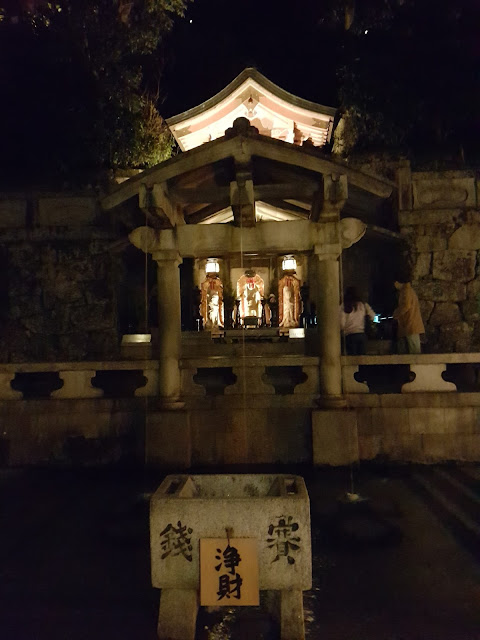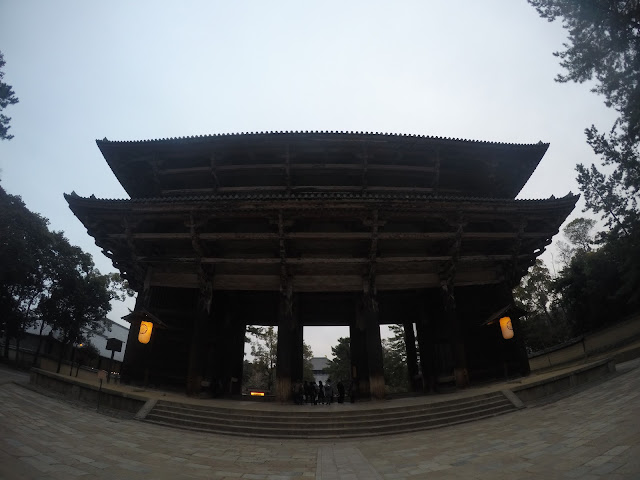8000 km away from the Philippines lies an uncrowded, green and peaceful country of New Zealand. Situated down under, the country is famous for its post-card perfect landscapes, sceneries and culture.
I have been fascinated with New Zealand's(Maori people) culture specifically their traditional dance "HAKA". But before daydreaming about this stuff, we Filipinos(having Philippine Passport) traveling as a tourist, need a visa to enter the country but luckily the visa-fee is waived(if planning to stay less then 60 days) for us meaning we will save a huge amount of money(NZD165 around 6,000 PHP).
In this article, I will be listing out all the process and the experiences I have undergone while applying a New Zealand Visitor Visa. Visitor visa allows you to visit the country as a tourist, visit friends and relatives, play some sports or perform in cultural events without pay, get married and if you are to undertake a short-term study.
Just like my other Visa guides, Everything here was based on my personal experiences.
Part I: Requirements
Duly filled up Application Form
Here is the link for the application form: click here. Please note that you need to fill up every item and never leave blank space but rather add "N/A". Also, double check what you have written there.
Identity (You must provide proof of your identity)
- You need to prepare your valid Philippine passport. Must have at least 6 pages of vacant page and xerox copy of the bio page
- 2 acceptable photos
Funds or sponsorship (You must have enough money to live on while in NZ or have an acceptable sponsor)
You must have at least NZ $1,000 per month, or NZ $400 per month if you’ve already paid for your accommodation. Also, provide a xerox copy of each file submitted.
Evidence can include :
- proof of accommodation pre-payment, like hotel pre-paid vouchers or receipts
- bank statements
- credit card statements
- bank drafts
- travelers’ cheques
- a 'Sponsorship Form for Temporary Entry' completed by an acceptable sponsor.
If you are sponsored, your sponsor must provide evidence they can look after you in New Zealand. Evidence can include:
- recent bank statements
- pay slips
- employment agreement
- accommodation ownership or payment of rent.
Onward Travel (You must have a ticket to leave New Zealand or be sponsored for the cost of your onward travel)
Evidence can include:
- proof you have enough money to buy a ticket out of New Zealand, in addition to the funds you have to live on
- your travel ticket
- a 'Sponsorship Form for Temporary Entry' completed by an acceptable sponsor.
If you are sponsored, your sponsor must provide evidence they can look after you in New Zealand. Evidence can include:
- recent bank statements
- pay slips
- employment agreement
- accommodation ownership or payment of rent
For more information you may visit New Zealand Immigration: click here
Optional Documents
- Certificate of Employment (if employed)
- Business Registration / Permits (if businessman)
- Income Tax Return (ITR)
In my case, as a regular employee, I submitted the following documents below and I have xerox copied every single one of them:
- Valid Philippine passport
- NZ visitor visa application form
- NSO Birth Certificate
- 2 copies of Passport size photo (35mm x 45mm in dimension with white background)
- Bank Statement with a signature from the bank manager.
- Credit Card statement
- Income Tax Return (ITR)
- Certificate of Employment indicating my tenure, position, salary and etc.
- Roundtrip Tickets ( From Philippines to Australia and Australia to New Zealand from Cebu Pacific Piso fare and $5 sale of Jetstar :))
Please note that I don't have any sponsor. Also, you may notice that I did not submit any accommodation booking as I am planning to do Couchsurfing or stay with a friend. If you ask how much money I have in the bank, it is less than 50,000 PHP.
Part II: How to apply
After gathering the requirements, I finally decided to submit my application. I submitted my application via (VFS global) New Zealand Visa Application center in Cebu (your representative may also submit it for you). Refer to the address below:
Cebu
VFS Global Services Philippines Private Inc.,
9th Floor, Keppel Center, Unit 905, Samar Loop
cor. Cardinal Rosales Avenue,
Cebu Business Park, Cebu City 6000
Manila
VFS Global Services Philippines Private Inc.,
Mezzanine Floor Unit M01, Ecoplaza Building,
2305 Chino Roces Avenue Extension Makati City, Metro Manila 1231
The VFS agent double checked the requirements that I brought and ask me for some minor questions. After checking and when everything was aligned, the agent then asked me to pay the following fees below, take note that this is VFS fees and not the visa fee as the visitor visa-fee is already waived for us Filipinos. My application will be forwarded to Manila and that the courier service will just deliver it to the address I added to the application. After submitting, the agent handed me something like a claiming stub that I need to present to the courier delivery, also in it is some information about the application in case you have questions. Please note that New Zealand Visa Application Centre will accept all of the payment in PHP currency only and they accept cash, credit card, bank transfer and etc.
 |
| VFS service fees |
Part III: Processing
After paying the fees and submitting the requirements, I receive a text message from VFS acknowledging that my application was received and thus provided me with tracking number. The next day I received another text message informing me that my application is now under process at the New Zealand Embassy in Manila. From then on, I never heard from them till 4 days later where I receive another text informing me that my processed application has been dispatched. So I was thinking that the result might be in and that my passport will be delivered to me soon. The next day I received a call from the courier and inform me that they will deliver my passport and that if I am available to receive it. Fast forward I got my passport and went searching for the visa and pufffffff it was there. I was granted with a multiple entry visitor visa.
To give you a summary:
| Date | Event |
| 9/10/2017 ~ 9/13/2017 | Fill up the application form, gather and scan the documents. |
| 9/13/2017 | Submitted my application and Acknowledgement was received. |
| 9/14/2017 | Application is under process in New Zealand Embassy in Manila |
| 9/14/2017 ~ 9/17/2017 | Waiting for results. |
| 9/18/2017 | Processed application has been dispatched |
| 9/19/2017 | Received my passport with the visa |
 |
| My Multiple Entry New Zealand Visa |
Have you tried applying for New Zealand visa? Share your stories and experience in the comment section below.





















































